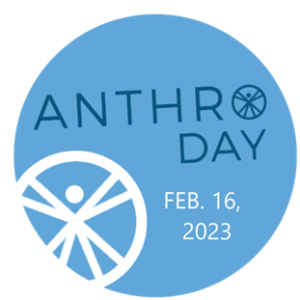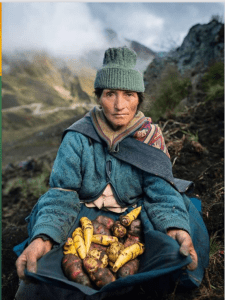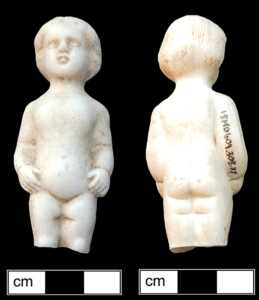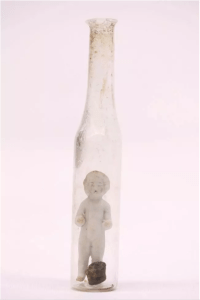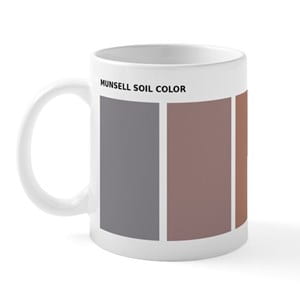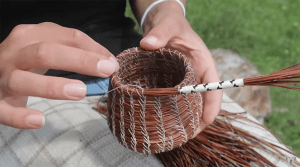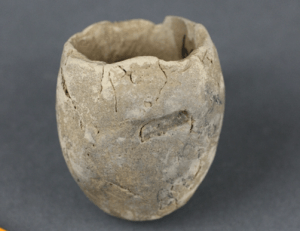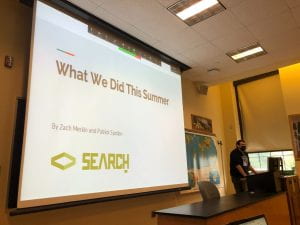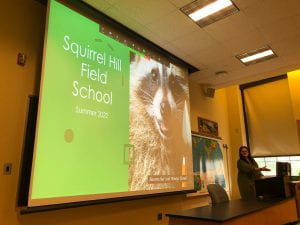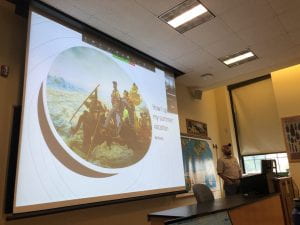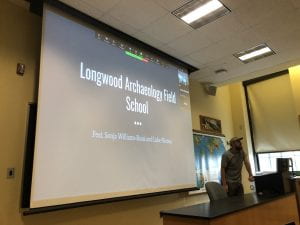
This weekend is the 88th annual Society for American Archaeology conference, held in Portland, Oregon this year. IUP is well-represented this year with our undergraduates, graduates, and professors attending and presenting in various poster sessions, paper sessions, and panels.
We also had an ethics bowl team comprised of graduates Laura Broughton, Emma Lashley, Arthur Townend, Liz McCreary, and Emily Sykora, with Elena Frye and Victoria Albert as alternates. This team went up against one team in a double-elimination competition debating the best ethical proceedings in given case studies. Our students have been preparing for this all semester so we were proud to see them compete!
We also had a number of students present their posters in poster sessions. Kristopher Montgomery, a second-year graduate student, had a poster related to his thesis project entitled A Macroscopic Lithic Analysis of South Mountain Metarhyolite Quarries: A Focus on Intersite and Intrasite Assemblage Comparisons of the Green Cabin Site (36AD0569), South Mountain, Pennsylvania which was included in the “Rock Hard Science: Lithics Analysis Part II” poster session. Another second-year Sonja Rossi-Williams presented her poster analyzing an advocational lithic collection titled Changes in Indigenous Occupation Strategies in Eastern Pennsylvania: An Exploration of Changing Land Use at the Red Hole Site which was in the poster session entitled “Remote Sensing Part II: Geophysical Techniques.” In the same session, Arthur Townend presented a poster titled Baree Forge: A Pennsylvania Forge Town analyzing his findings from his thesis project.
Amanda Telep was recruited to present her paper at a symposium titled “Public Lands, Public Sites: Research, Engagement, and Collaboration”. Her paper was about her thesis site which is on public lands and it was entitled “An Investigation into the Archaeological resources of Irishtown Gap Hollow”.
Our professors also contributed to the conference through both poster and paper sessions and panels. Dr. Ben Ford presented at a symposium titled “The Future of Education and Training in Archaeology”. He talked about our Applied Archaeology MA program and how it trains students for a future in cultural resource management in his presentation titled Our Future is Applied: The Applied Archaeology MA Program at Indiana University of Pennsylvania. He also contributed to a panel discussion titled “Where Are All the Archaeologists?: A Forum for Collaborative and Equitable Preparation for a Career in Resource Management.” Dr. Francis Allard presented a poster titled Glass Beads along the Early Maritime Silk Route which he presented in the poster session “The Current State of Archaeological Research Across Southeast Asia”. Finally, Dr. Lara Homsey-Messer presented a paper with colleagues Kristina Gaugler and Kevin Gubbels titled An Experimental and Ethnographic Approach to the Analysis of Fire-Cracked Rock at Three Monongahela Sites in Southwestern PA: The Case for a Middle Monongahela Stone Boiling Technology. This paper was in a symposium titled Fire-Cracked Rock: Research in Cooking and NonCooking Contexts.
We had a great turnout of IUP conference attendees this year and we couldn’t be prouder of everyone that presented!

